There's nothing quite like a crystal-clear swimming pool, its inviting waters shimmering under the sun. However, many pool owners frequently encounter the frustrating problem of cloudy water. This common issue, often caused by microscopic particles too fine for your filter to catch, can transform your backyard oasis into a murky, uninviting pond. Beyond aesthetics, cloudy water can also harbor bacteria and algae, compromising the health and safety of your swimming environment.
Achieving and maintaining pristine pool clarity is crucial for both the visual appeal and the hygienic integrity of your pool. While regular filtration and sanitization play vital roles, sometimes an extra measure is needed to tackle persistent cloudiness. This comprehensive guide is designed to empower you with the knowledge and steps necessary to effectively use pool flocculant, a powerful tool for restoring your pool's sparkle.
What Is Pool Flocculant?
Pool flocculant, often simply called "floc," is a chemical agent designed to clear cloudy pool water. Its primary function is to gather tiny particles that are suspended in your pool water and too small for your filter to effectively remove. These particles, which can include dirt, dust, algae spores, dead algae, and other microscopic debris, contribute to the murky appearance of your water.
Flocculants work by causing these minuscule particles to coagulate, or clump together. They typically contain positively charged ions that neutralize the negative charges on suspended particles. This neutralization allows the particles to attract one another, forming larger, heavier clumps. Common active ingredients often include aluminum sulfate (alum) or other polymer-based compounds.
How It Differs from Pool Clarifier
While both flocculants and clarifiers aim to clear cloudy water, they operate on fundamentally different principles and are used for different situations:
Pool clarifier: This product works by causing small particles to mildly clump together, making them just large enough for your pool filter to trap and remove. Clarifiers are generally used for light cloudiness or as a preventative measure to maintain clarity. They do not require vacuuming to waste and are filter-friendly.
Pool flocculant: Flocculants cause particles to clump much more aggressively, forming large, heavy masses that sink rapidly to the bottom of the pool. Because these clumps are too large for your filter and can clog it, flocculants require manual vacuuming of the settled debris to waste, bypassing your filter. Floc is used for severe cloudiness.
Types of Pool Flocculants
Flocculants are available in various forms, each with its application method:
Liquid flocculant: This is the most common form, typically poured directly into the pool water (often diluted first). It disperses quickly and works efficiently.
Powder flocculant: Similar to liquid, but requires careful mixing and dissolving before application to avoid undissolved particles settling on the bottom.
Tablets or pods: These are pre-measured doses that are often placed in the skimmer basket or a specific dispenser. They dissolve slowly, offering a more gradual flocculation process, sometimes preferred for light to moderate issues rather than extreme cloudiness.
How Does Pool Flocculant Work?
Understanding the mechanism behind flocculant is key to appreciating its power and proper application.
At a microscopic level, many of the tiny particles suspended in your pool water carry a negative electrical charge. Because like charges repel, these particles stay dispersed and resist clumping together, making them difficult for your filter to capture.
Once their repelling charges are neutralized, the particles are free to collide and bind together. This process is known as coagulation and flocculation. The small individual particles rapidly combine to form larger, visible "flocs" or clumps.
As these flocs increase in size and density, they become too heavy to remain suspended in the water. Gravity takes over, and they begin to sink rapidly, settling on the bottom of the pool. This process effectively pulls the cloudiness out of the main body of water, leaving the upper layers of the pool noticeably clearer. The time it takes for all the flocs to settle can vary but typically ranges from 8 to 24 hours, depending on the severity of the cloudiness and the specific flocculant used.
When to Use Pool Flocculant
Knowing when to deploy flocculant is just as important as knowing how to use it. It's a powerful tool, but not always the first choice for every cloudy pool situation. These scenarios often include:
Heavy rains and runoff: After a significant rainstorm, especially if there's been runoff from surrounding landscaping, your pool can become inundated with fine silt, dirt, and organic matter, leading to extreme cloudiness.
Post-algae treatment: When you've successfully treated a severe algae bloom, the dead algae particles often remain suspended in the water, turning it milky green or gray. These dead algae particles are incredibly fine and are a prime target for flocculants.
Extreme cloudiness/murkiness: If your pool is so cloudy that you can't see the bottom in the shallow end, it's a strong indicator that you have a high concentration of very small suspended particles, making flocculant an ideal solution.
Accidental sediment introduction: Sometimes, construction dust, sand, or other fine sediments can accidentally enter the pool, causing immediate and severe cloudiness.
Transform Your Pool With These Guaranteed Upgrades This Spring
Step-by-Step: How to Use Pool Flocculant
Before adding any chemicals, especially flocculant, it’s crucial to ensure your pool water chemistry is properly balanced. Imbalanced water can reduce the effectiveness of the flocculant and potentially lead to other issues.
Aim for a pH level between 7.4 and 7.6. This range is optimal for flocculant performance and swimmer comfort.
Total Alkalinity (TA) should be between 80-120 ppm (parts per million). Proper TA helps buffer pH changes.
Use a reliable test kit or strips to check your water. Adjust levels as needed according to product instructions for your balancing chemicals (pH increaser/decreaser, alkalinity increaser).
Absolutely ensure the pump is off before proceeding. Any water circulation will prevent the flocculated particles from settling.
Set your multi-port valve to "Waste" or "Drain":
Calculate based on your pool's volume and the severity of the cloudiness.
The exact time depends on the flocculant product and the amount of debris. You should see a noticeable layer of settled material on the bottom of your pool and much clearer water above it.
Do not swim, run the pump, or use any automatic pool cleaners during this time.
If leaves or other debris are likely to fall into the pool, covering it can help maintain the pristine surface water.
Use your standard pool vacuum head, pole, and hose. Ensure your multi-port valve is still set to "Waste" or "Drain." This bypasses your filter, sending the debris-laden water directly out of the pool.
Move the vacuum head across the pool floor in long, slow, overlapping strokes. Avoid sudden movements or lifting the vacuum head, as this will stir up the settled debris and make the water cloudy again.
-
Since you are expelling water from the pool, keep an eye on your water level. Have a garden hose ready to add fresh water if the level drops too low, especially if you have a large amount of debris to vacuum.
Pool Safety Products: The Ultimate Guide on Prices, Uses, and How to Choose the Best One
Essential Precautions & Tips for Effective Pool Flocculant Treatment
For pool owners aiming to achieve crystal-clear water using flocculant, following a few key guidelines can make all the difference.
Tip | Details |
Only vacuum to waste |
|
Do not use with cartridge filters |
|
Avoid use in high winds or rain |
|
Maintain proper water balance |
|
Start with a clean filter |
|
Allow sufficient settling time |
|
Prepare extra water for refilling |
|
By diligently following the detailed step-by-step process—from balancing your water chemistry and properly applying the flocculant to patiently allowing settlement and meticulously vacuuming to waste—you can transform a murky pool into a sparkling oasis. Ultimately, a clean and healthy pool is a source of joy and relaxation. By understanding and confidently applying the principles of pool flocculation, you empower yourself to conquer even the most stubborn cloudiness. USAPoolShop offers pool safety equipment, including essential components like lock ring assemblies, alarms, and limit controllers. Each item—no matter how small—plays a critical role in ensuring the safety and optimal performance of your pool system.
FAQs
Can I use pool flocculant with a sand filter?
Yes, but you must vacuum to waste, not through the filter. Running flocculated debris through the filter can cause clogging or damage.
How long should I wait before swimming after using flocculant?
Wait until the flocculant has fully settled and the pool has been vacuumed. Typically, you can swim 24–48 hours after treatment once water chemistry is rebalanced.
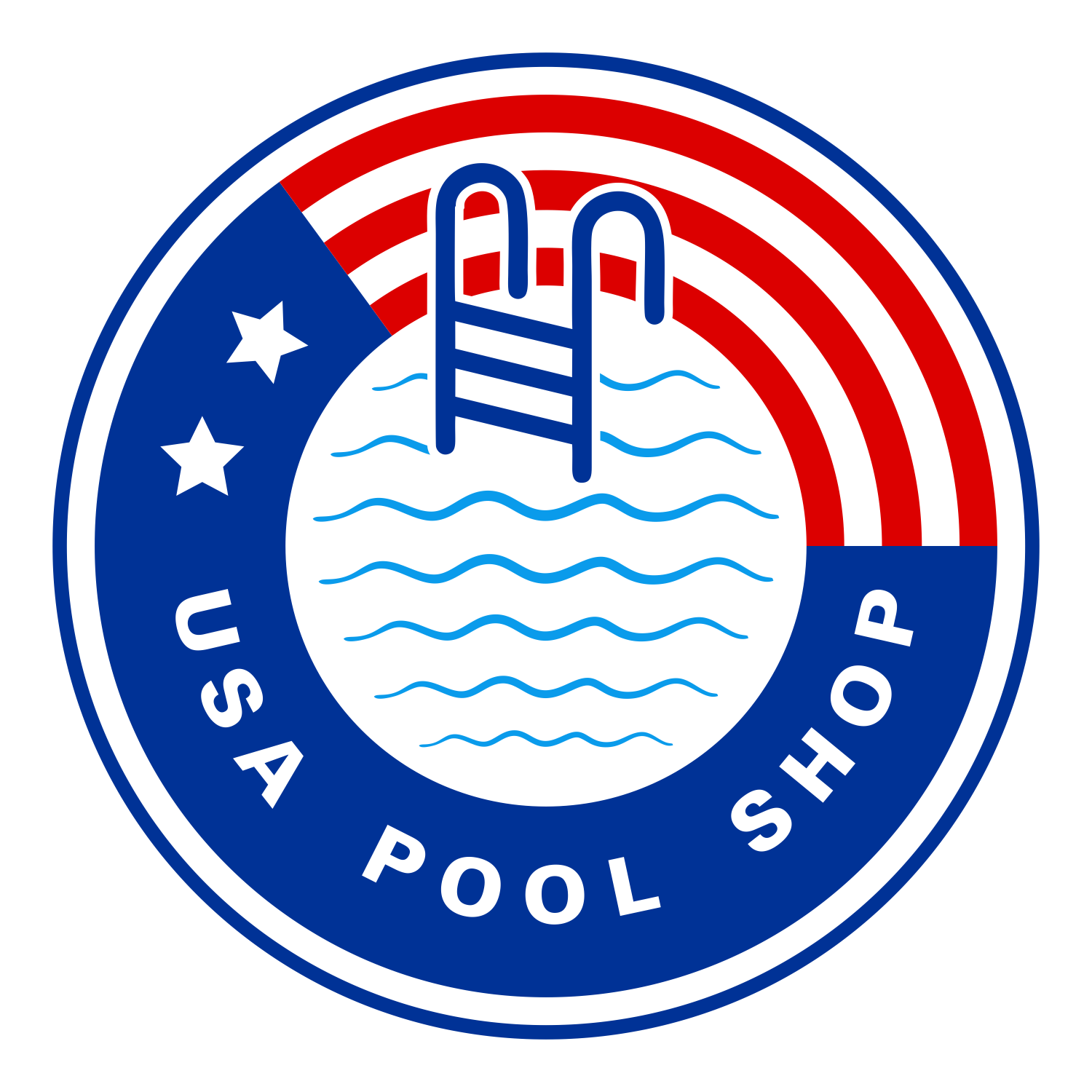




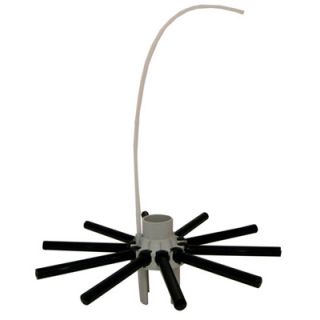
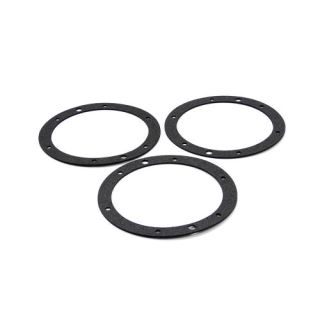
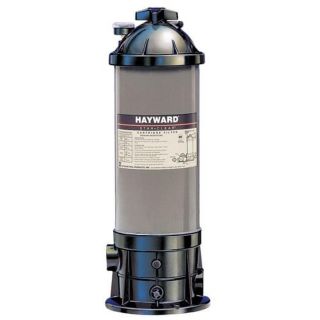
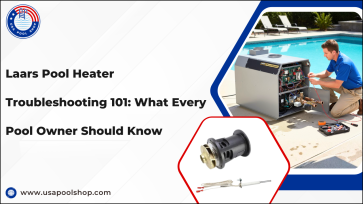
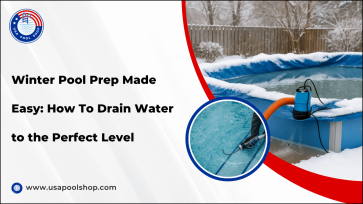

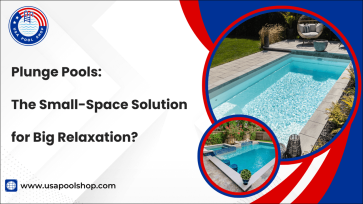
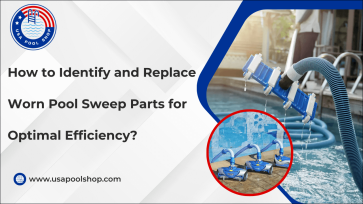
Validate your login